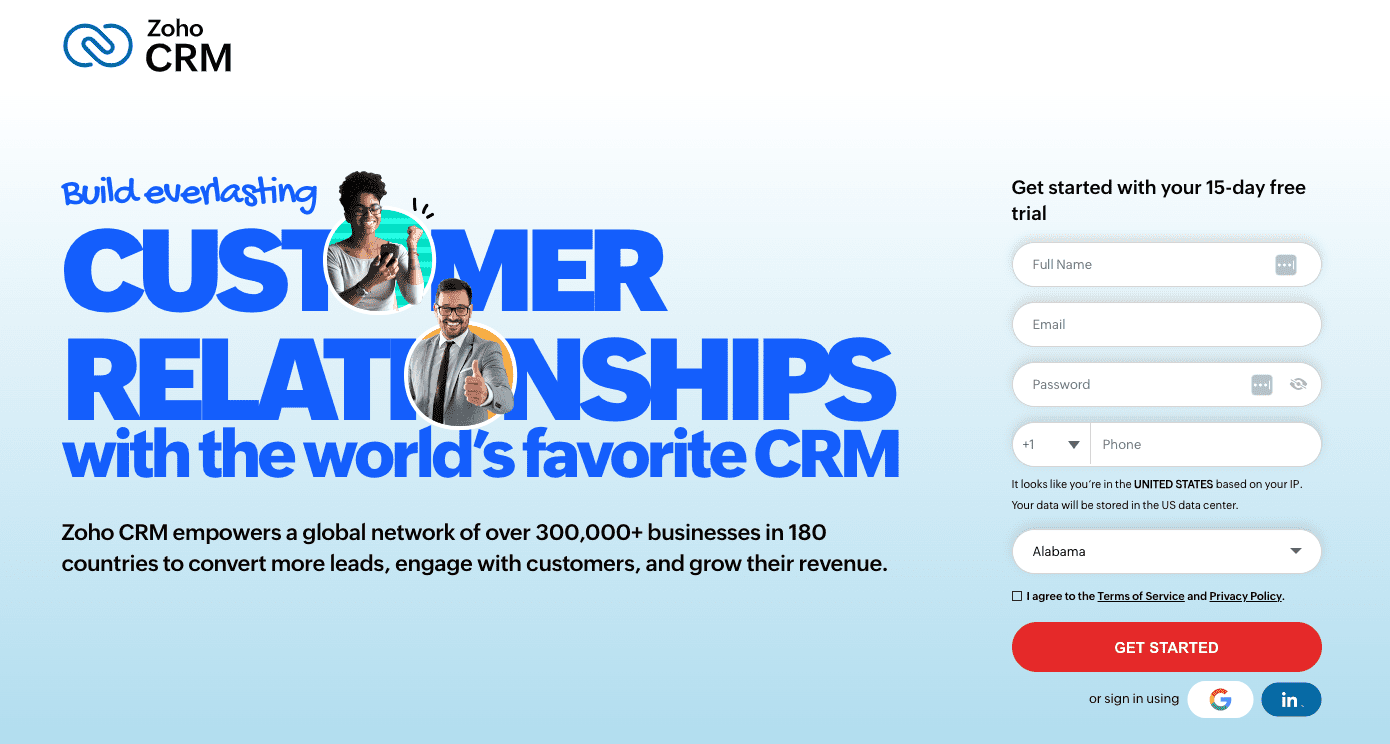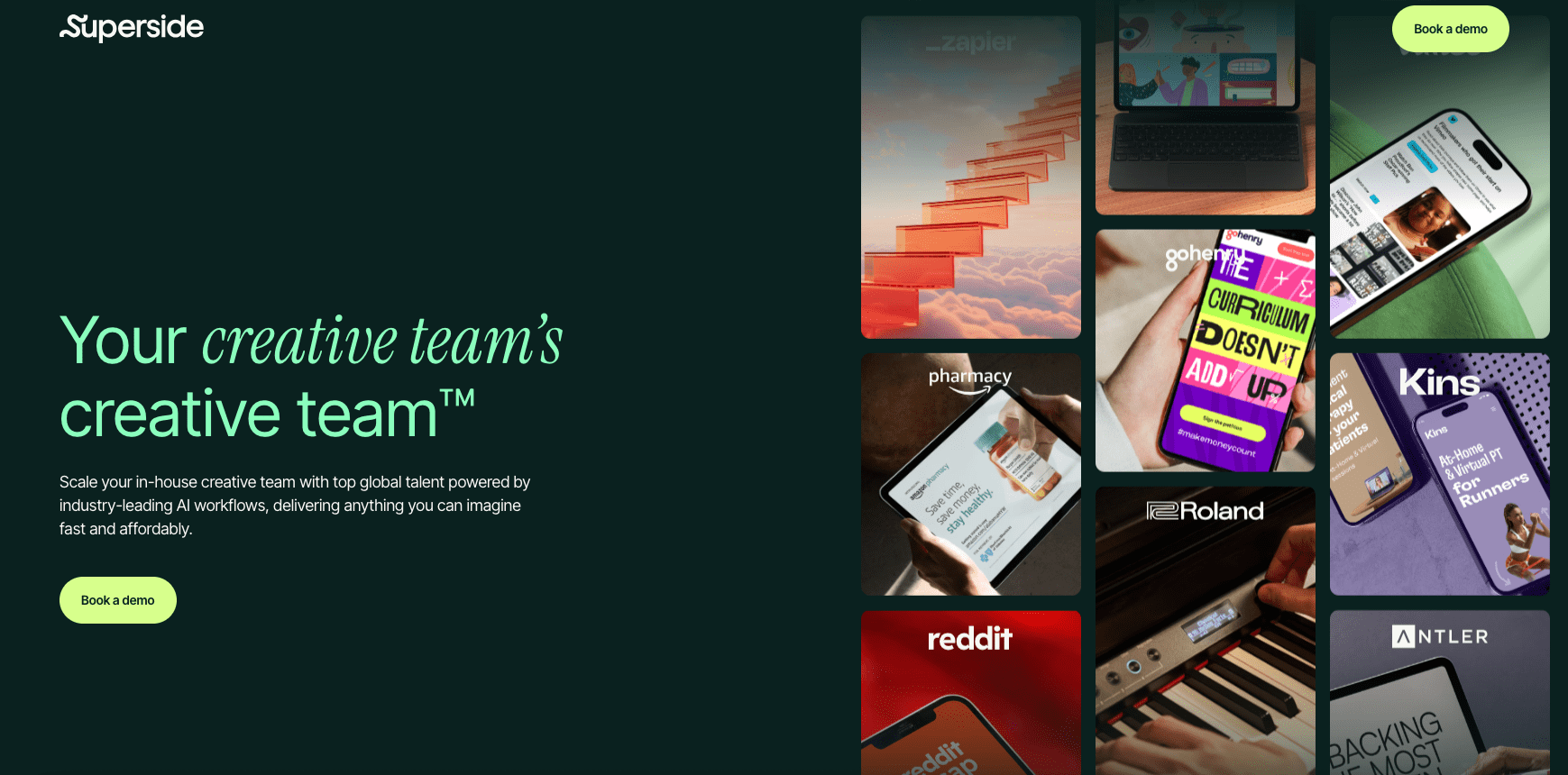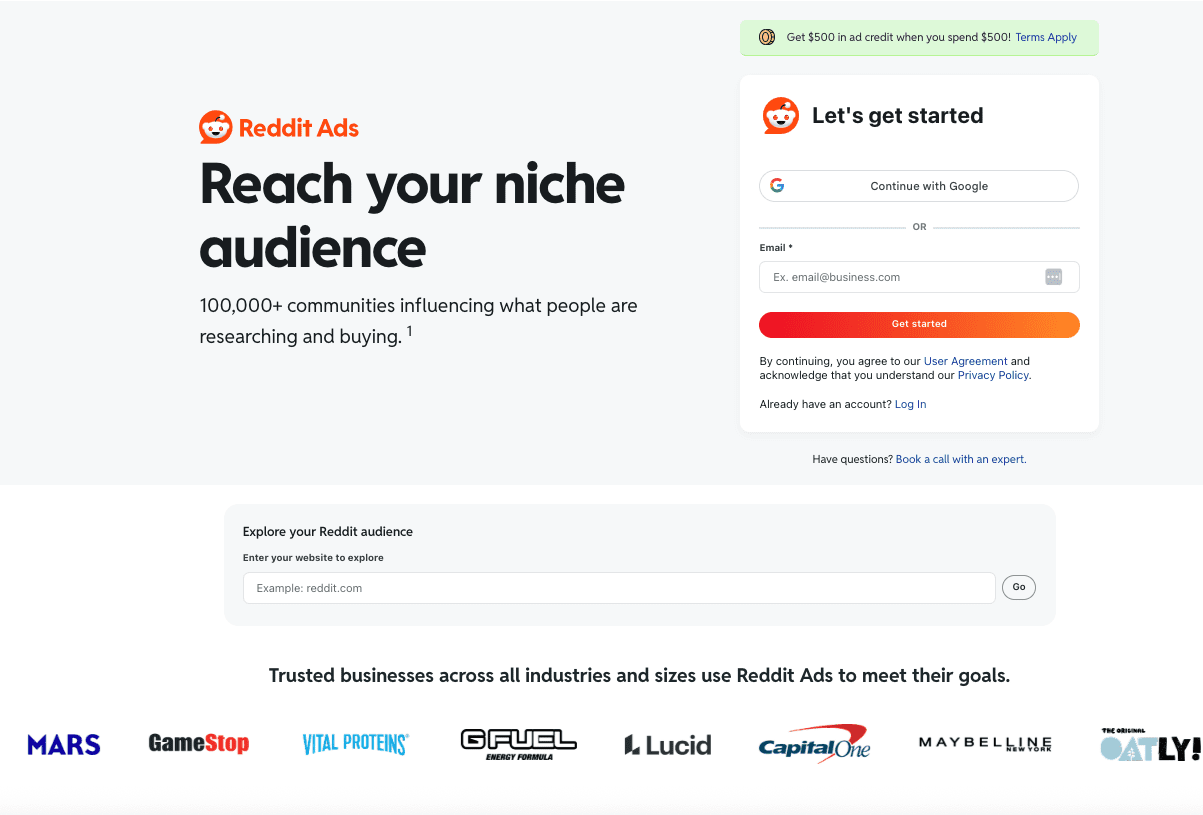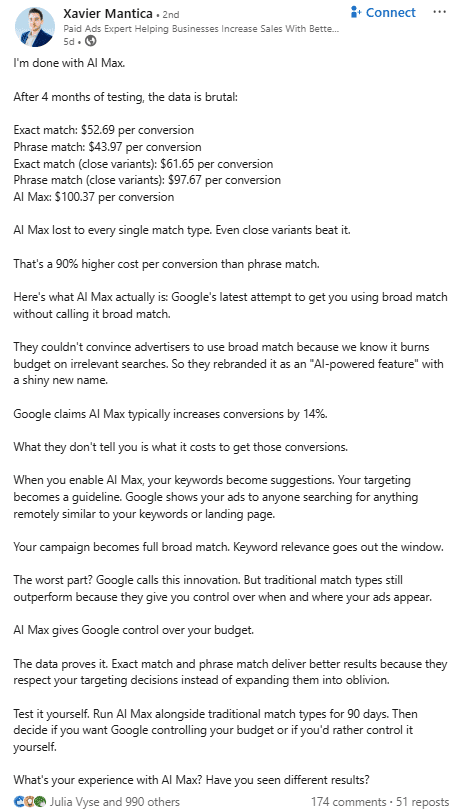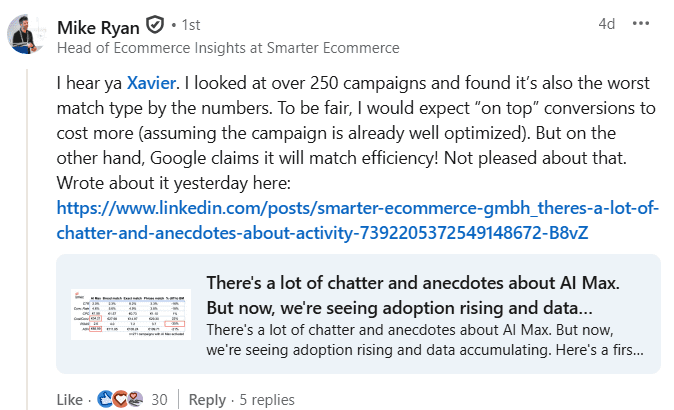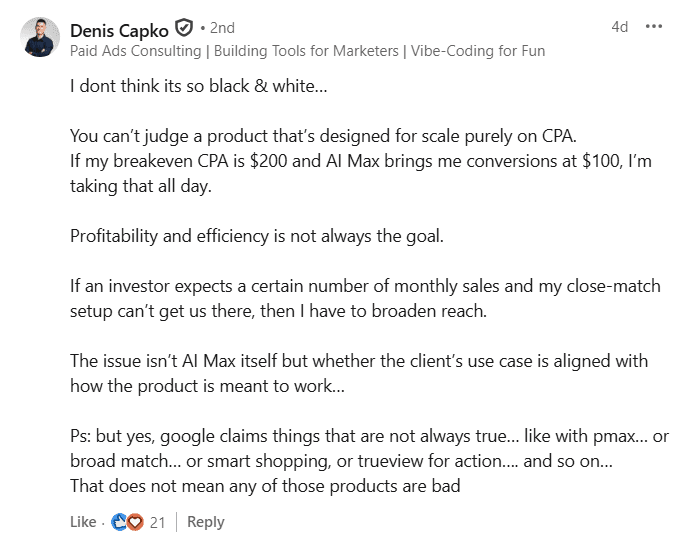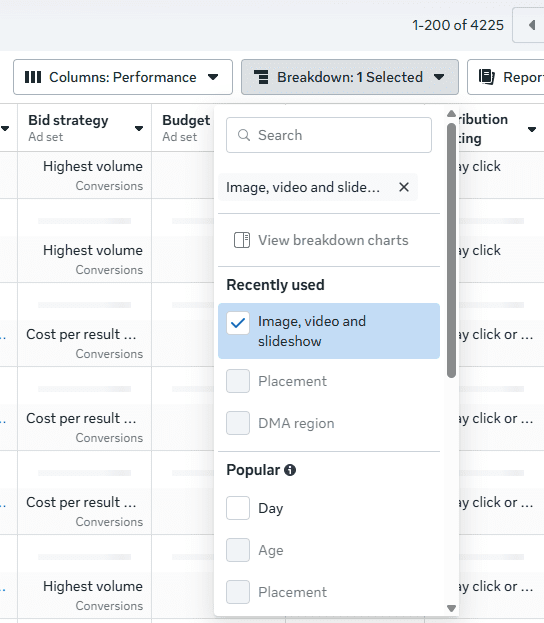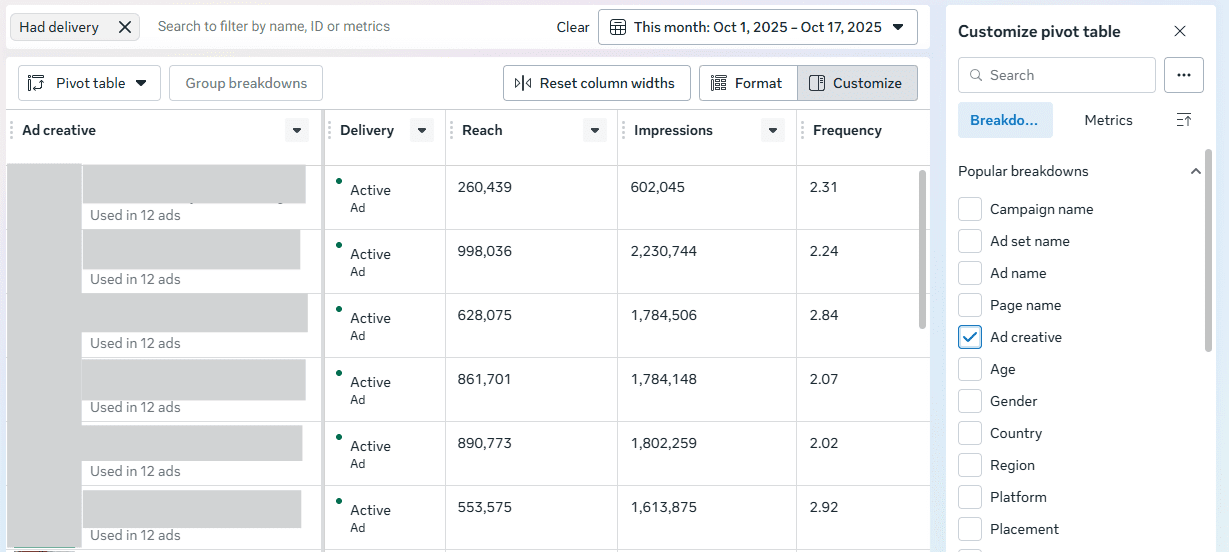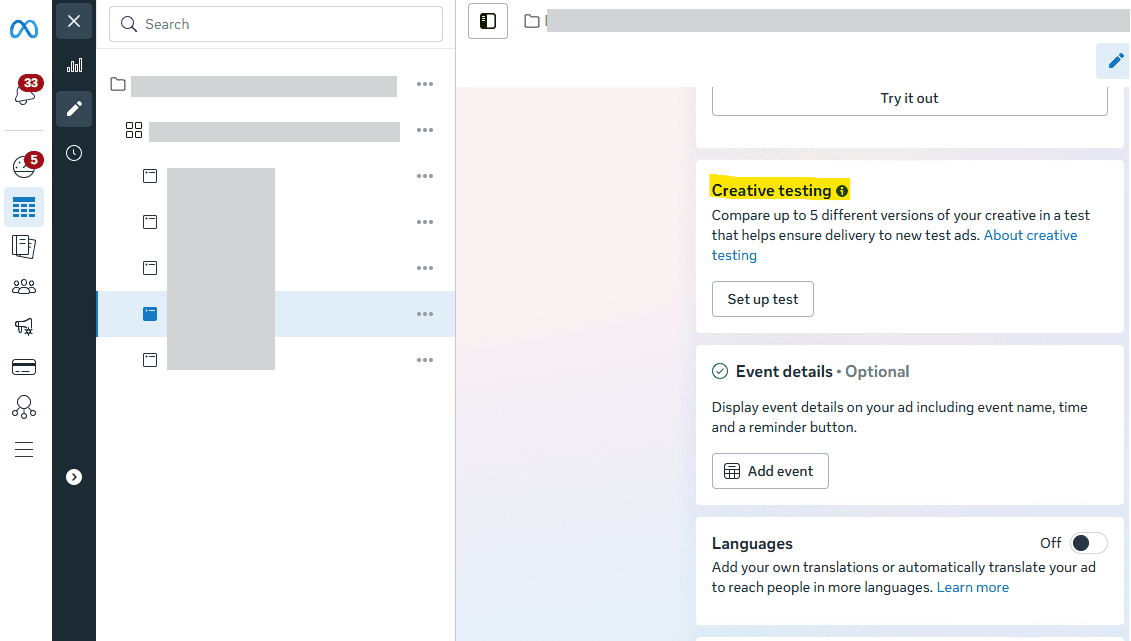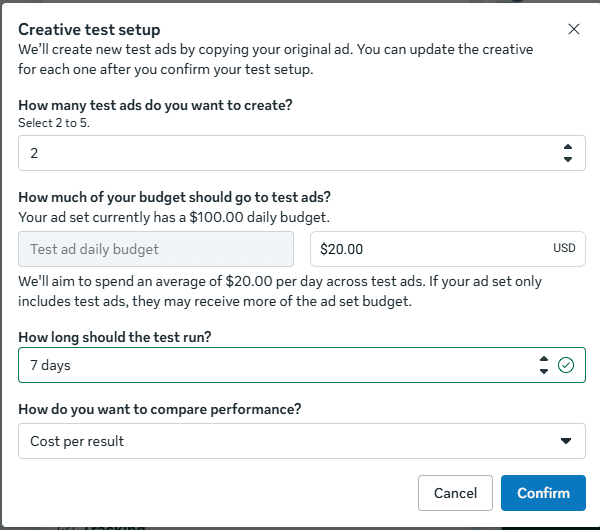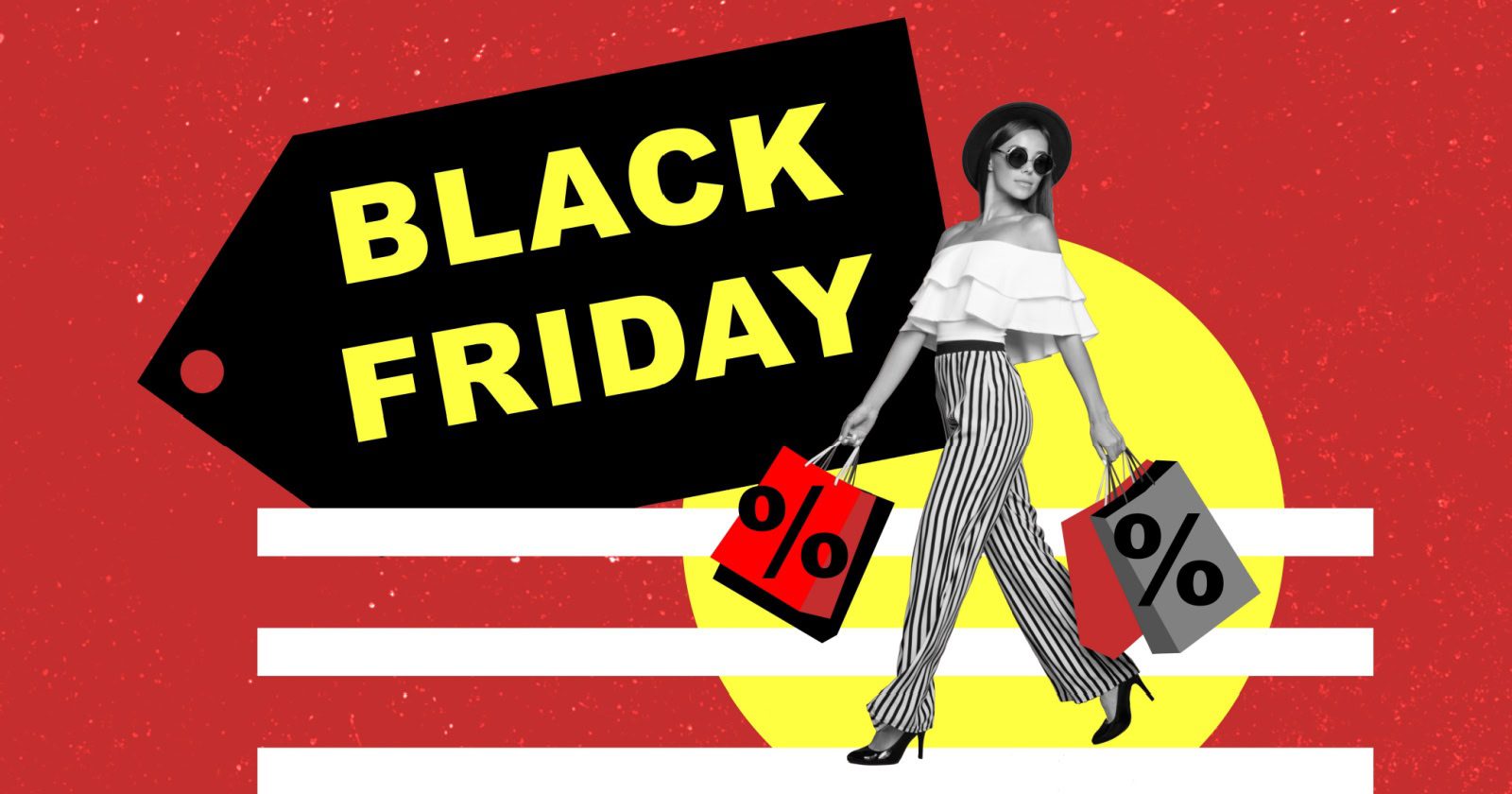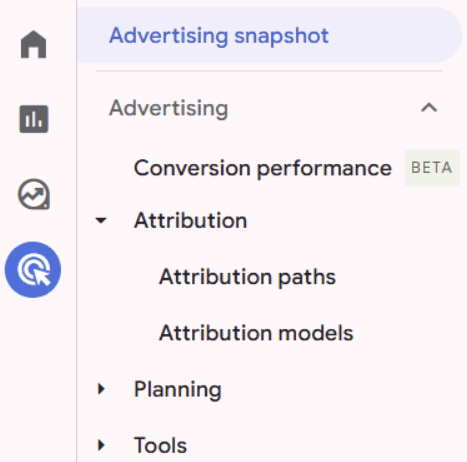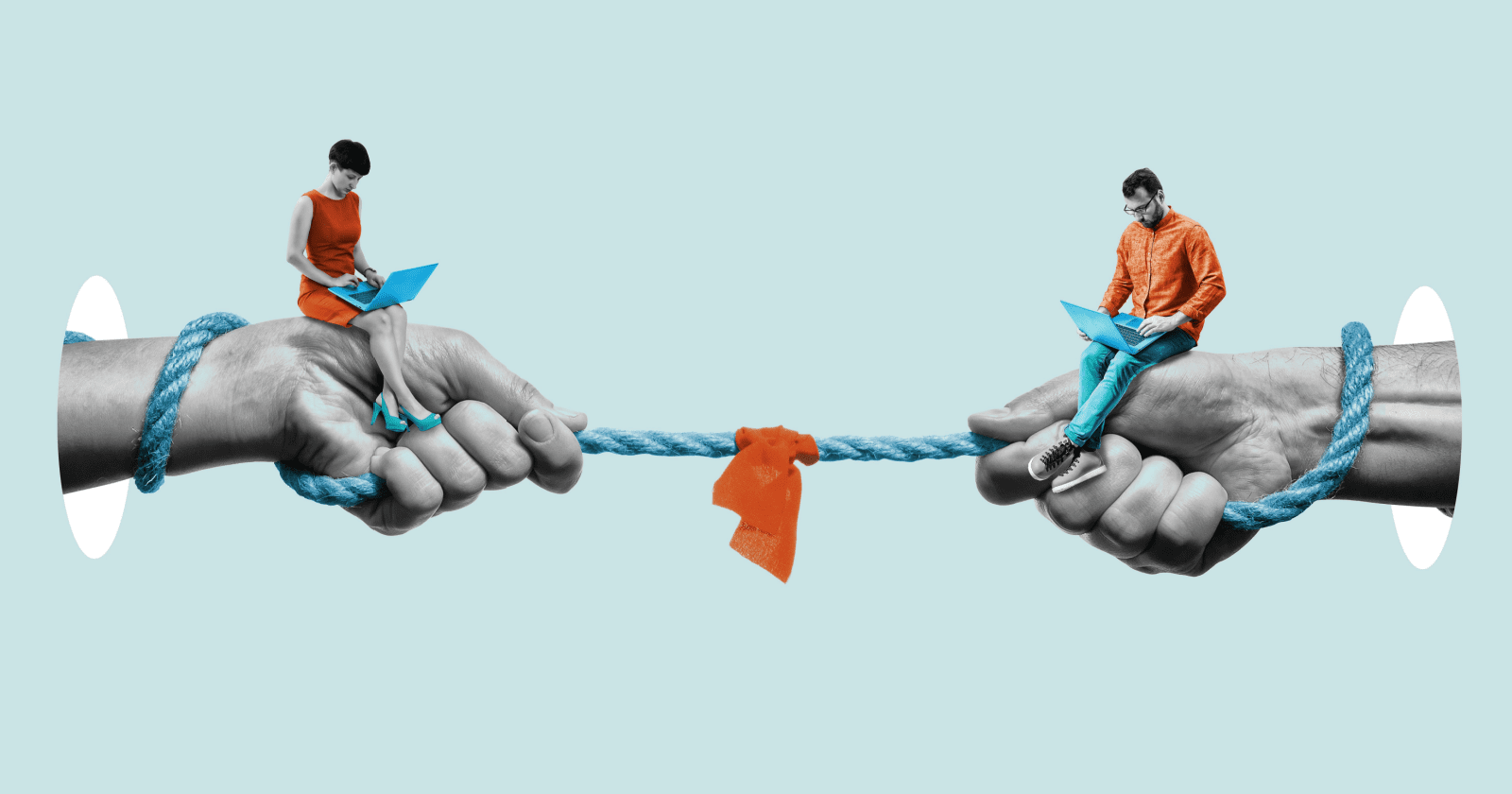Google-Engaged Audience: Worry-Free Remarketing, Or A Waste Of Money?

Are you tired of remarketing headaches in your Google Ads account? In a time when we’re all facing increasing privacy restrictions, browser setting changes, and complex tracking setups, building reliable audiences can feel overwhelmingly difficult. What you may not know is that Google quietly launched a new type of “Your data segment” called the Google-engaged audience last year – and it’s still so underrated.
Available to every Google Ads account, this segment represents an elegant solution to a complicated problem. But for advanced Google Ads specialists who typically demand granular control and deep data insights, the simplicity of this audience raises a pivotal question: Is this worry-free segment a reliable source of high-quality traffic? Or will the Google-engaged audience potentially waste your time and budget?
In this article, I’ll share exactly what the Google-engaged audience is and how it works, original data comparing the Google-engaged audience to other website-based remarketing solutions, and when this segment may (or may not) make sense for your Google Ads strategy.
What Is The Google-Engaged Audience?
The Google-engaged audience is the newest type of “Your data segment” available in Google Ads. I love using and recommending this audience segment because it elegantly solves many of the complex implementation issues associated with traditional remarketing solutions.
Here’s how it works: Every Google Ads account is automatically populated with one Google-engaged audience segment. You can find yours under Tools > Shared Library > Audience Manager > Your data segments. Critically, the Google-engaged audience requires no Google tag, no account linking, and no data uploads.
Instead, this segment populates whenever a user clicks to your website from a Google property. For example, when they click from:
Why The Google-Engaged Audience Is So Powerful
The Google-engaged audience is helpful for small business owners because they don’t need to install the Google tag, connect Google Analytics, or sync their CRM with Google in order to start remarketing. It’s just there, there’s just one, it just works.
But small business owners aren’t the only ones who should be looking into using this audience type. Since users join this list when they click to your website from a Google-owned property, Google knows exactly who these users are (most are signed in to Google). Google has a first-party relationship with these users.
Because Google handles user consent and tracking within its own ecosystem, and “captures” those users for you before they leave the Google ecosystem, you get a high-quality audience that is generally more reliable and robust than third-party solutions, which suffer from challenges around browser settings, privacy controls, and consent management frameworks.
In short, it’s an easy-to-use, high-quality audience of people who visited your website from Google.
Where The Google-Engaged Audience Falls Short
Despite its clear benefits in data quality and ease of implementation, the Google-engaged audience does have some limitations that may make it unsatisfying for you to use.
The first constraint is the obvious one: This audience segment only tracks people who click to your website from Google-owned properties. This means that your Google-engaged audience will not capture everyone who visits your website from other sources, such as:
- Direct traffic.
- Social media traffic.
- Non-Google paid ads (Meta, TikTok, etc.).
- Email traffic.
- etc.
If a significant portion of your website traffic is not coming from Google, then your Google-engaged audience may not be as useful for your campaigns.
Next, the Google-engaged audience is not compatible with the Google Display Network (GDN). This is because the GDN is mostly made up of non-Google-owned properties, so Google doesn’t have as robust audience data about those users. This means that you can’t use this audience in a standard Display campaign, and you can’t use it on Display inventory within other campaign types, such as Search, Demand Gen, or Video campaigns. Keep this in mind if a significant portion of your Google Ads investment is going towards the GDN.
Finally, while the simplicity of one single Google-engaged audience may be welcomed by small business owners, it doesn’t afford the granularity that large advertisers may crave. Since every account receives only one Google-engaged audience segment, there is no built-in mechanism to create specific segments based on when the user visited, what pages they visited, what actions they took, etc., unlike the granular options available with tag-based lists or Google Analytics lists.
How Does The Google-Engaged Audience List Size Compare To Other Types Of Remarketing Lists?
To provide a data-driven perspective on the usefulness of the Google-engaged audience, I conducted an original study comparing the size of the Google-engaged audience to two other types of “Your data segments” across a dozen advertisers: the “All Visitors” list from the Google Ads tag, and the standard “All Users” list from Google Analytics 4 (GA4). When comparing all three lists for the same advertiser, which list was the largest? Which was the smallest? How did this vary across Google’s inventory?
Google-Engaged Audiences Are Generally Larger Than Google Tag-Based Audiences
In my study, I found that the tag-based All Visitors list was usually significantly smaller than the Google-engaged audience, across all eligible inventory.
On average, the Google tag-based remarketing audience was:
- 62% smaller than the Google-engaged audience for Search inventory.
- 61% smaller on YouTube inventory.
- 90% smaller on Gmail inventory.
The takeaway: If you’re relying exclusively on the Google tag for your remarketing, you are likely missing out on a lot of users. This issue is likely exacerbated if you are not using data-preserving solutions like enhanced conversions or Consent Mode.
Google-Engaged Audiences Are Generally Smaller Than Google Analytics Audiences
My study found that the Google-engaged audience was smaller in size than the Google Analytics default “All Users” list, but not on Gmail.
On average, the GA4 “All Users” audience was:
- 28% larger than the Google-engaged audience for Search inventory.
- 46% larger on YouTube inventory.
- 10% smaller on Gmail inventory.
This is more in line with what I would have expected, since GA4 captures audiences from all sources, not just from Google-owned properties. In fact, I would have expected the difference to be even larger, and was surprised by how robust the Google-engaged audience is on Gmail inventory.
Remember, the “size by inventory” looks at how many active matched records Google can find on Search, on YouTube, on Gmail, and on the Display network. While Google seems to match users quite nicely in Search and YouTube, it seems more difficult for the system to match users on Gmail – unless, of course, they’re coming from the Google-engaged audience, where Google already knows exactly who they are. I call this the “Gmail dropoff.”
The takeaway: The Google Analytics audience makes a good default for website-based remarketing. If you are running a Demand Gen campaign, however, and are explicitly looking to remarket to users via Gmail, consider adding the Google-engaged audience to your audience targeting alongside your Google Analytics audience.
Is The Google-Engaged Audience A Waste Of Money?
Absolutely not! I’ve seen dozens of my Google Ads coaching clients see great results when targeting the Google-engaged audience, specifically in Demand Gen campaigns where the focus is on Google-owned inventory. I’ve seen this audience segment be especially useful for freelancers and agencies working with local service providers, since they can just check a box and get remarketing live without having to worry about tags or integrations.
You can also consider targeting, observing, or excluding your Google-engaged audience in Search and Shopping campaigns, as either a complement or replacement for how you would use a website-based remarketing list in your strategy.
I would not, however, recommend using the Google-engaged audience in your Performance Max audience signals, or as the seed list for a Lookalike, as it is too broad to be useful in those scenarios. In fact, I don’t recommend using any website-based remarketing in these scenarios; in my opinion, for an audience signal or seed list, you should only use an actual customer list.
To conclude, the Google-engaged audience is a clear example of worry-free remarketing. It is built on a durable foundation of Google’s own first-party data, bypassing the technical headaches and privacy challenges associated with traditional tag-based remarketing. It is especially useful for small business owners, but can also be helpful for all practitioners running Demand Gen campaigns due to its advantages on Gmail inventory. When in doubt, layer the Google-engaged audience alongside your existing Google tag or Google Analytics-based website remarketing segments in your Search, Shopping, Demand Gen, or Video campaigns.
More Resources:
Featured Image: Roman Samborskyi/Shutterstock

